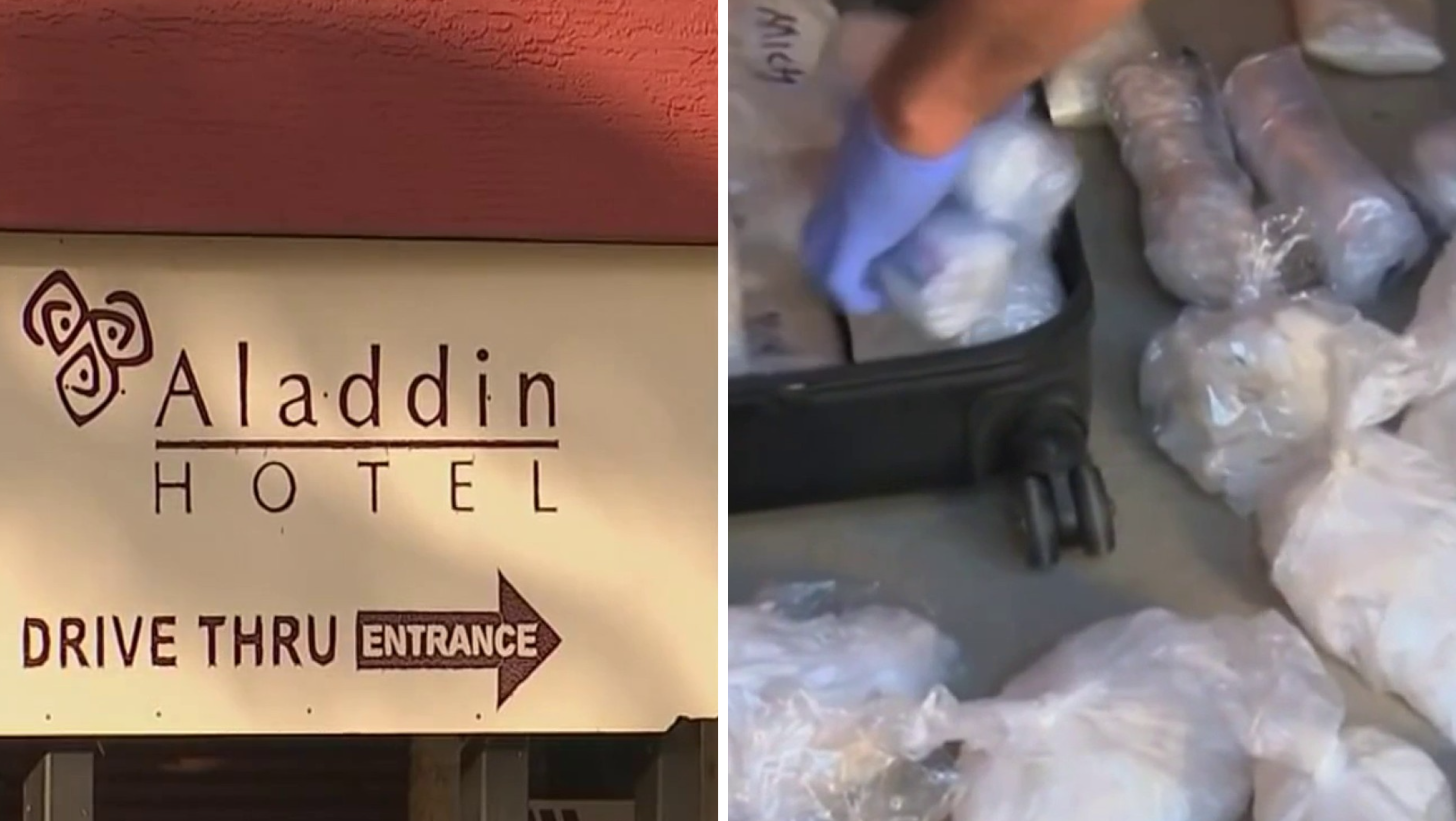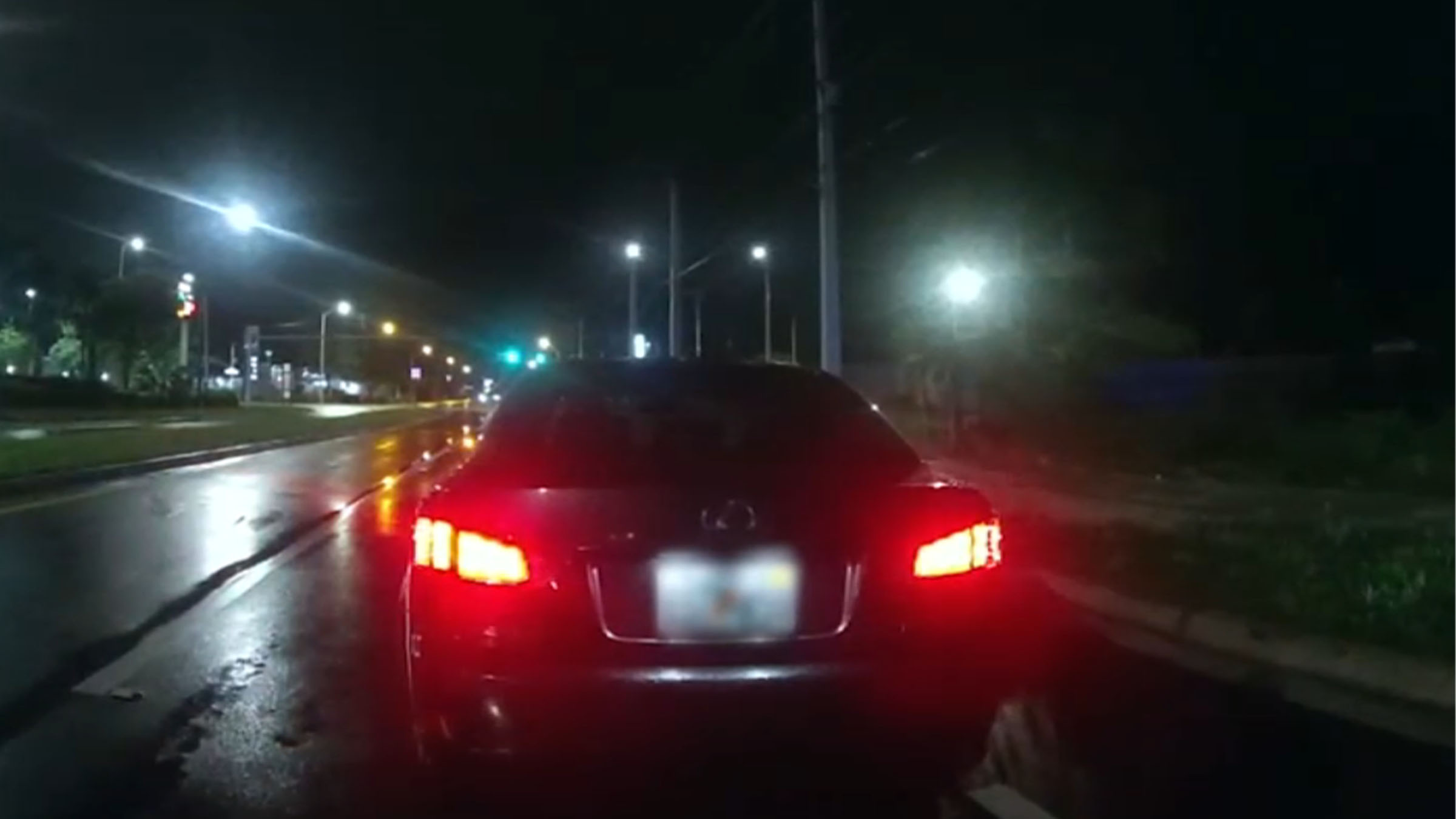South Florida has a legacy of being part of the segregated South.
A function of that past were “Sundown Towns” - cities or areas which were “white-only” after dark. Some say that history hangs over today.
The city of Miami Beach has long been a haven for people looking for sun, sand, and relaxation. But growing up as a Black person, Enid Pinkney hardly ever went.
“You just couldn’t go,” Pinkney, a Miami resident, told NBC 6.
Get South Florida local news, weather forecasts and entertainment stories to your inbox. Sign up for NBC South Florida newsletters.
A database at Tougaloo College lists Miami Beach and Coral Gables as potential “Sundown Towns.” The historian behind the database, James Loewen, went on to detail them in a book titled “Sundown Towns: A Hidden Dimension of American Racism.”
Local historians Marvin Dunn and Dr. Paul George say many towns with “beach” in their names were “Sundown Towns” because Black people had to be off the beach after dark.
At times, they also excluded Jewish people, Latinos, and anyone considered not to be white.
Investigations
The NBC 6 Investigators get results
Pinkney says she remembers visiting her family at work on Miami Beach but having to leave before evening.
“You’re supposed to be finished with your job and back over the other side of town,” Pinkney said.
Loewen’s research suggests “Sundown Towns” were not always a matter of law but were enforced through practice.
Pinkney says she remembers a time in high school where she spoke on a local radio station as part of an effort to get students of different races together in 1949. A newspaper article from March 4 of that year, titled “Cross Burned in Gables,” details how neighbors burned a cross outside of the organizer’s apartment in the city.
“You know, we didn’t sleep for the rest of the night, waiting for the paper to come out. That got to be the talk of the town,” Pinkney said.
It’s difficult to compare city populations over the years because the information is collected differently today.
According to the 1950 census, “non-white” people, the category used at the time, lived in a few key areas: Opa-locka, Pompano Beach, Fort Lauderdale, and Miami, mostly centered in the Overtown area.
The data shows less than 9% of Coral Gables was considered “non-white” in 1950 and just more than 1% of people in Miami Beach were.
Decades later, Black people still mostly live in the same areas.
According to the 2019 census, the Black population in Coral Gables is around 4%. Over the past five years, Miami Beach has hovered between 4% and 6%.
Daniella Pierre went to school at Miami Beach Senior High in the late 90s, bussed in from Opa-locka after the courts dismantled many laws keeping students from different races separate.
“Let me tell you, when we had to get up at four-something in the morning to catch that bus, it was packed. Black students and Black workers,” Pierre said.
Pierre is now the president of the Miami-Dade NAACP and believes the driving factor of segregation today is the lack of affordable housing.
“Black people are on Miami Beach, but we’re working,” Pierre said. “We do come in and work in the hotels. We come and work in the kitchens. We still do that as we have done since the early part of the 60s. That has not changed.”
Pinkney today looks back on when she joined local sympathy marches during the civil rights movement and hopes younger generations are proud of how far South Florida has come.
“To see the value of the community, with all it has to offer… and be proud of it,” Pinkney said. “I think Miami is a nice place, with all of its problems.”
Not every historian agrees Coral Gables fits the traditional definition of a “Sundown Town.” But they say throughout the first half of the 20th century, Black people were not allowed to buy property in many parts of town and most of the city was white-only after dark.
Martha Pantin, Coral Gables’ Director of Communications, wrote in an email that the university’s database is incorrect calling the city a Sundown Town, “if the law was not in the books.”
Pantin also points to the MacFarlane District, one of the areas Black people could live within the city limits. She says George Merrick, the city’s founder, deeded properties there for Black residents to live who worked in the city. The area is now a historic site.
The city of Miami Beach has not responded to our requests for comment or an interview.
The Miami Design Preservation League and the Miami Beach Convention Authority have detailed more about the Black experience on Miami Beach through a Visual Memoir project.



